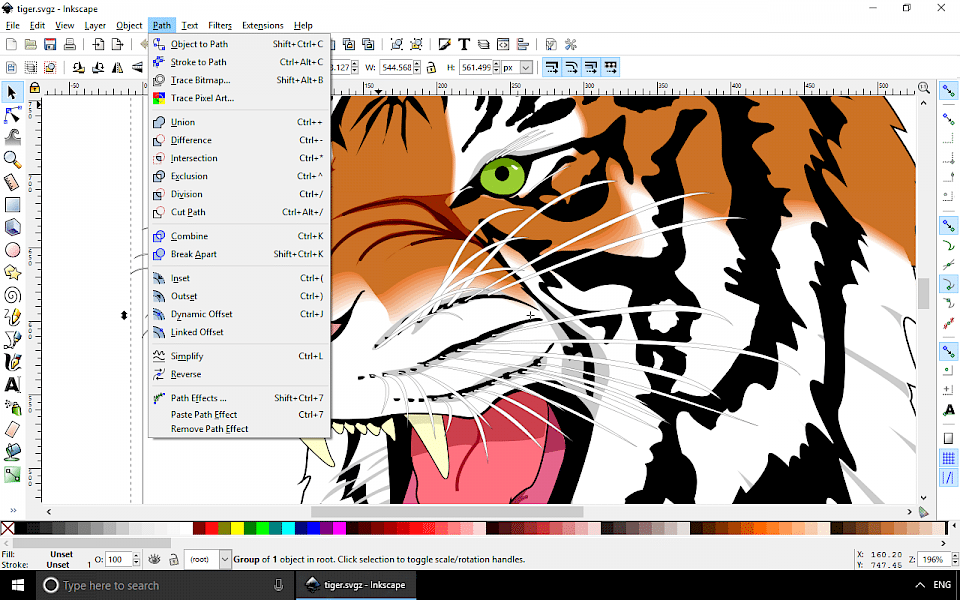

In most cases you will have to trim some of the edges.

In the next step we create an vector drawing that we want to turn into an EPS> I usally heave this at Level 3 - not sure what the difference is. The last step is only needed if you are experiencing problems.

(4) Document Options > PostScript Options and set PostScript Output Option to Encapsulated PostScript (EPS) and PostScript Language Level to 1, as shown in the image. Here enter the same page dimensions as you entered earlier in Step 1: 7x7 inches. (3) Click on the printer Properties > Advanced and change Paper/Output > Paper Size to PostScript Custom Page Size. (2) File > Print, select the PDF995 printer and put a tick on Print to File, as shown in the image. In the final step we will see how to change the dimensions of the EPS file so there are no white borders, so dont worry about that. The size of the slide doesnt matter at all, we just want it to fit in the ppt. If you have a sketch already made, you should create a 10x10 slide and copy your sketch directly into it, instead of resizing the one its already on, because Powerpoint will just distort it. Through trial and error I have found that 7 inches works for me, so from now on all of my images are perfect squares - to start off with - something I have found very easy to live with. Im just joking of course - hope noone takes offence, but this really is some boring stuff here! However, there is a sliver of truth to this step: The bounding box for your eps image is likely to get messed up if you dont use a square page size that is very similar to the printing size of a normal page.

eps file out of a whole slide, so make sure the scale fits your needs: (1) 'File > Page Setup : Set Width and Height of Slide to your Penis size. Fire up Powerpoint and adjust the page properties to reflect the size/scale that you want your eps image to have.


 0 kommentar(er)
0 kommentar(er)
